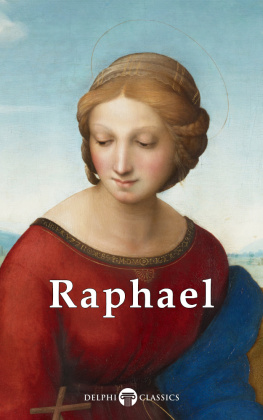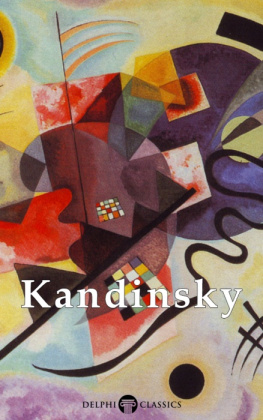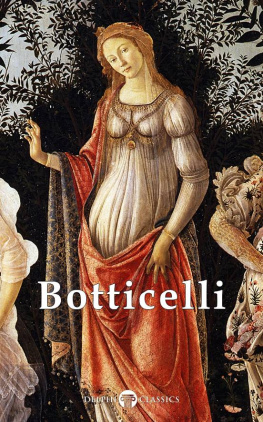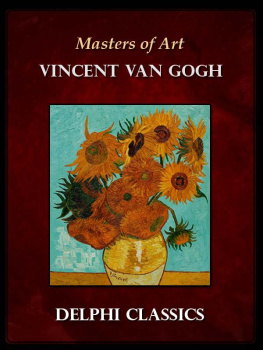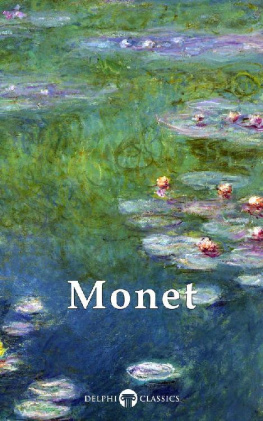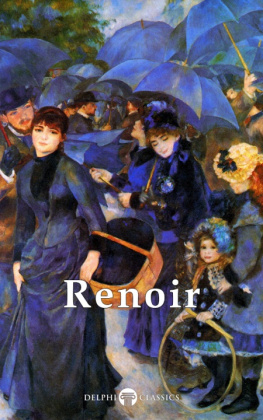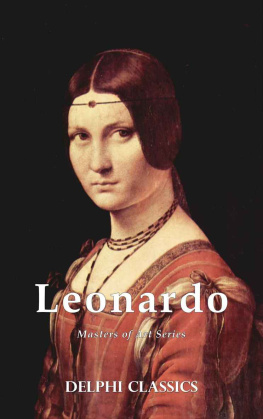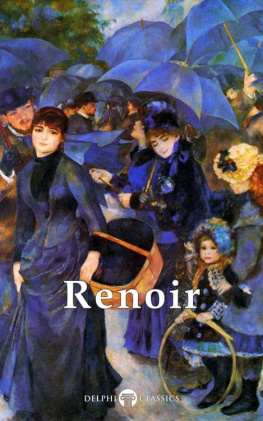
Johannes Vermeer
(1632-1675)

Contents

Delphi Classics 2014
Version 2

Masters of Art Series
Johannes Vermeer

By Delphi Classics, 2014
COPYRIGHT
Masters of Art - Johannes Vermeer
First published in the United Kingdom in 2014 by Delphi Classics.
Delphi Classics, 2014.
All rights reserved. No part of this publication may be reproduced, stored in a retrieval system, or transmitted, in any form or by any means, without the prior permission in writing of the publisher, nor be otherwise circulated in any form other than that in which it is published.
Delphi Classics
is an imprint of
Delphi Publishing Ltd
Hastings, East Sussex
United Kingdom
Contact: sales@delphiclassics.com
www.delphiclassics.com
Explore Baroque Art with Delphi Classics

For the first time in digital publishing history, Delphi Classics is proud to present the complete works of these artists in eReading collections.
www.delphiclassics.com
Brief Biography

The Mechelen house in Delft, the birthplace of Vermeer

Delft in 1652, Vermeers birthplace

View of Delft (166061) by Vermeer
JOHANNES VERMMER

Very little is known about the life of the Dutch Master Johannes Vermeer. He was baptised in Delft on 31 October 1632 as Joannis, and buried in the same city under the name Jan on 15 December 1675. He seems to have been exclusively devoted to his art, living out his life in the city of Delft. The only sources of information are some registers, a few official documents and comments by other artists; it was for this reason that Thor Brger named him The Sphinx of Delft .
On 31 October 1632, Johannes was baptised in the Reformed Church. His father, Reijnier Janszoon, was a middle-class worker of silk or caffa (a mixture of silk and cotton or wool). As an apprentice in Amsterdam, Reijnier lived on fashionable Sint Antoniesbreestraat, then a street with many resident painters. In 1615 he married Digna Baltus. The couple moved to Delft and had a daughter, Gertruy, who was baptized in 1620. In 1625 Reijnier was involved in a fight with a soldier named Willem van Bylandt, who died from his wounds five months later. Around this time Reijnier began dealing in paintings. In 1631 he leased an inn called The Flying Fox . In 1641 he bought a larger inn on the market square, named after the Flemish town Mechelen. The acquisition of the inn constituted a considerable financial burden. When Vermeers father died in October 1652, Vermeer assumed operation of the familys art business.
In April 1653 Johannes Reijniersz Vermeer married a Catholic girl, Catharina Bolenes. The blessing took place in a nearby and quiet village Schipluiden. For the groom it was a good match. His mother-in-law, Maria Thins, was significantly wealthier than he, and it was probably she who insisted Vermeer convert to Catholicism before the marriage on 5 April. Some scholars doubt that Vermeer became Catholic, but one of his paintings, The Allegory of Catholic Faith , made between 1670 and 1672, reflects the belief in the Eucharist. Walter Liedtke in Dutch Paintings in the Metropolitan Museum of Art suggests it was made for a Catholic patron, or for a schuilkerk , a hidden church. At some point the couple moved in with Catharinas mother, who lived in a rather spacious house at Oude Langendijk, almost next to a hidden Jesuit church. Here Vermeer lived for the rest of his life, producing paintings in the front room on the second floor. His wife gave birth to 14 children, four of whom were buried before being baptized, but were registered as child of Johan Vermeer. From wills written by relatives, the names of ten of Vermeers children are known: Maria, Elisabeth, Cornelia, Aleydis, Beatrix, Johannes, Gertruyd, Franciscus, Catharina, and Ignatius. Several of these names carry a religious connotation, and it is likely that the youngest, Ignatius, was named after the founder of the Jesuit order.
It is unclear where and with whom Vermeer was apprenticed as a painter. Speculation that Carel Fabritius may have been his teacher is based upon a controversial interpretation of a text written in 1668 by the printer Arnold Bon. Art historians have found no hard evidence to support this. The local authority, Leonaert Bramer, acted as a friend but their style of painting is rather different. Liedtke suggests Vermeer taught himself, using information from one of his fathers connections. Some scholars think Vermeer was trained under the Catholic painter Abraham Bloemaert. Vermeers style is similar to that of some of the Utrecht Carravagists, whose works are depicted as paintings-within-paintings in the backgrounds of several of his compositions. In Delft, Vermeer probably competed with Pieter de Hooch and Nicolaes Maes, who produced genre works in a similar style.
On 29 December 1653, Vermeer became a member of the Guild of Saint Luke, a trade association for painters. The guilds records make clear that Vermeer did not pay the usual admission fee. It was a year of plague, war and economic crisis; Vermeer was not alone in experiencing difficult financial circumstances. In 1654 the city suffered the terrible explosion known as the Delft Thunderclap, which destroyed a large section of the city. In 1657 he might have found a patron in the local art collector Pieter van Ruijven, who lent him some money. In 1662 Vermeer was elected head of the guild and was re-elected in 1663, 1670, and 1671, evidence that he (like Bramer) was considered an established craftsman among his peers. Vermeer worked slowly, probably producing three paintings a year, and on order. When Balthasar de Monconys visited him in 1663 to see some of his work, the diplomat and the two French clergymen who accompanied him were sent to Hendrick van Buyten, a baker, who had a couple of his paintings as collateral.
In 1671 Gerrit van Uylenburgh organised the auction of Gerrit Reynsts collection and offered thirteen paintings and some sculptures to Frederick William, Elector of Brandenburg. Frederick accused them of being counterfeits and had sent twelve back on the advice of Hendrick Fromantiou. Van Uylenburg then organized a counter-assessment, asking a total of 35 painters to pronounce on their authenticity, including Jan Lievens, Melchior de Hondecoeter, Gerbrand van den Eeckhout and Johannes Vermeer.
Next page


